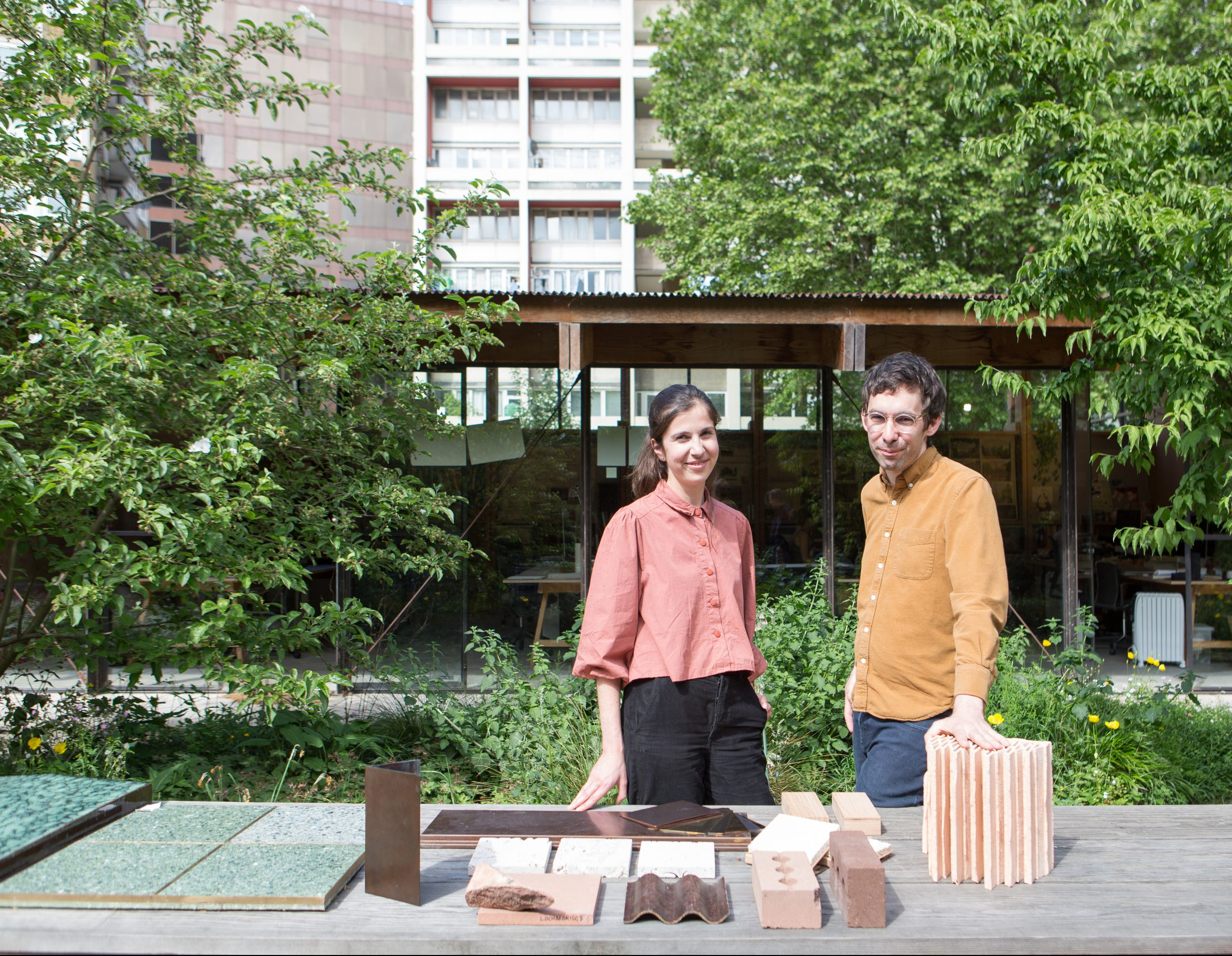As 2022 begins to feel like a distant memory, Architecture Today editor Isabel Allen looks back on a year of turmoil, collective action, stellar buildings and learning from the past.
Photograph by Hufton + Crow
As we usher in the new year, I wanted to wish Architecture Today readers the best for 2023 and reflect on some of the highlights of our year.
In a year of political turmoil and economic uncertainty, there was a clear sense of shared purpose and mutual support among the profession. The first AT webinar of the year, Solidarity and vision, was designed as a platform for the Kharkiv School of Architecture, to communicate its ethos and work, describe the impact of the invasion – and issue a plea for help. The school had just fled Kharkiv and relocated to Lviv, where it was setting up a new base from scratch. Many of the faculty had been called up to fight, leaving a skeleton staff to provide its students with an architectural education alongside practical and emotional support staff.
The webinar marked the launch of Architecture Today’s fund-raising appeal, which exceeded its £50,000 target in a matter of weeks and brokered various introductions to potential sponsors, supporters and teaching staff. We would like to say a huge thank you to everyone who contributed in any way.
As ever, we enjoyed the privilege of publishing a fantastic crop of recent projects online and in print including our cover stars: Foster and Partners’ Narbo Via in Narbonne; John Pardey Architects’ Lovedon Fields in Kings Worthy, Hampshire; John McAslan + Partners’ remodelling of The Burrell Collection in Glasgow; Niall McLaughlin Architects’ Masters Field, Balliol College Oxford; The Centre Building by RSHP, part of an ongoing programme of bold commissioning by the LSE; and AHMM’s Soho Place in central London.
But we also shifted our focus towards the lessons we can learn from projects that have been completed for some time. Another of our webinars, Retrofitting Heritage, included a presentation on 5th Studio’s deep green retrofit of the Grade 1 listed New Court at Trinity College, Cambridge — an exemplary project that, having come to the end of a mandatory seven-year post-occupancy evaluation process, is now deemed too old to be eligible for most architectural awards.
This stark fact inspired us to launch the Architecture Today Awards, specifically designed to celebrate buildings that were completed some years ago and have demonstrated a strong performance record and an ability to stand the test of time. Thirty-one finalists presented their projects and, crucially, the lessons learnt, to a jury at a day of live crits or – as one contestant put it – “the ultimate CPD as it ought to be.” Watch out for the announcement of the winners in 2023.
My picks of 2022:
Photograph by Johan Devlin
A House for Artists by Apparata
Frances Holliss applauded the ingenuity and courage of a project that recognises the need for flexible, affordable accommodation that facilitates home-based work.
Photograph by Timothy Soar
In practice: Narinder Sagoo
Foster + Partners’ Narinder Sagoo explained how he attributes his creativity to his childhood, where nothing came in abundance and everyone made ends meet by making everything themselves. This evocative, highly personal account accompanied a portrait by Timothy Soar, part of an on-going series of studies of architects at work.
Photograph by Riccardo de Cal
Still standing: Fondazione Querini Stampalia
Ian Volner analysed the mesmeric power of Carlo Scarpa’s remodelling of the Fondazione Querini Stampalia in Venice and explains how it catapulted its architect to a cult status that still haunts Venetian architects today.
My kind of town: Bob Allies
The Allies & Morrison co-founder reflects on his time at the British School in Rome and enjoy’s the city’s unique ability to accommodate change.
Morag Myerscough in conversation with Isabel Allen
Morag and I discuss connecting with communities, creating projects that bring as much happiness as a cup of tea in the morning or a big bunch of flowers, making architecture without architects, and refusing to be defined by the education that you have.
Photograph by Agnese Sanvito
Materials Library: Feilden Fowles
Ingrid Petit and Ben Higham of Feilden Fowles explain how the practice’s approach to materiality is driven by context, craft, sustainability and technical innovation.
Read about Feilden Fowles’ approach to materials and specification
Book review: John Outram
A new publication from the Twentieth Century Society charts John Outram’s extraordinary career.
Read Charles Hollands’ Review of John Outram by Geraint Franklin






















